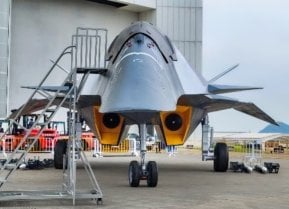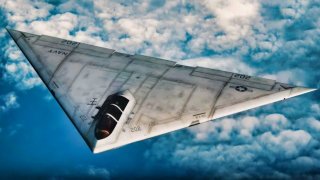A-12 Avenger II: 'Flying Dorito' $5,000,000,000 Bomber That Never Flew
The McDonnell Douglas A-12 Avenger II program, intended to produce a carrier-based stealth bomber for the U.S. Navy, became a cautionary tale of military procurement failure.
What You Need to Know: The McDonnell Douglas A-12 Avenger II program, intended to produce a carrier-based stealth bomber for the U.S. Navy, became a cautionary tale of military procurement failure.
-Conceived in the 1980s as part of the Advanced Tactical Aircraft (ATA) program, the A-12 was envisioned to replace the A-6 Intruder with advanced stealth capabilities.
-Despite spending over $5 billion, the program suffered from severe delays, technical issues, and cost overruns.
-The aircraft, nicknamed the "Flying Dorito," never reached operational status, and the project was canceled in 1991. Legal disputes over funding persisted for decades, leaving a single mockup as its legacy.
The Flying Dorito That Never Took Off: Inside the A-12 Avenger II Disaster
The saga of the McDonnell Douglas A-12 Avenger II stands as a stark reminder of the complexities and pitfalls associated with developing cutting-edge military technology. Embarking on an ambitious endeavor to create a carrier-based stealth bomber, the United States Navy aimed to significantly advance its aerial warfare capabilities. However, despite the investment of over $5 billion, the project culminated not in a groundbreaking aircraft but rather in a cautionary tale of budget overruns, technical challenges, and strategic missteps.
The Flying Dorito That Never Took Off: The Story of the A-12 Avenger II
Sitting outside the entrance to the Fort Worth Aviation Museum is a testament to Pentagon waste – it a full-size mockup of the McDonnell Douglas A-12 Avenger II. More than $5 billion was spent on the naval aviation program, and yet, there is little more to show for it.
Not to be confused with the Lockheed A-12 program from the 1960s, this project was born in the early 1980s as part of the United States Navy's Advanced Tactical Aircraft (ATA) program. The goal was to develop a replacement for the Grumman A-6 Intruder with an aircraft that would utilize stealth technology. Billions of dollars were eventually "invested" in the efforts.
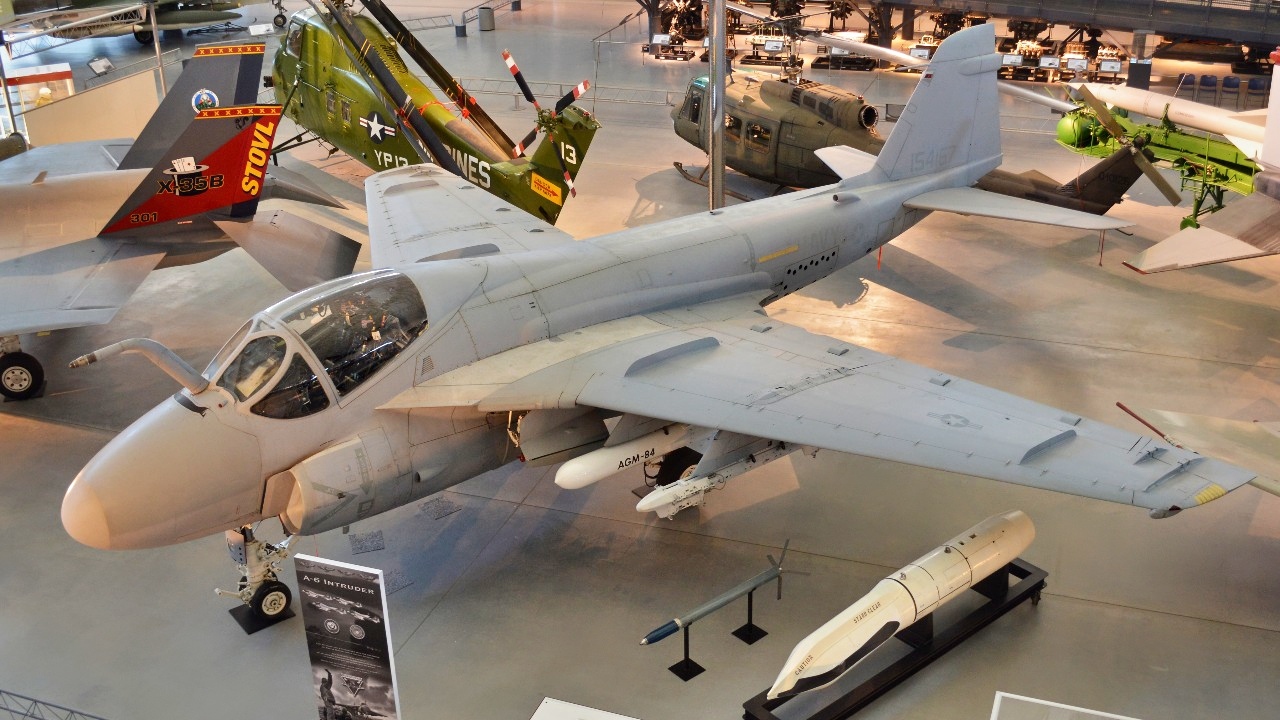
By late 1984, design contracts were awarded to two different teams: one at McDonnell Douglas and General Dynamics; and the other at Northrop, Grumman, and Vought. After the latter team dropped out in 1988, McDonnell Douglas/General Dynamics was selected to develop the new aircraft.
The warning lights should have gone off – but the efforts continued.
Named the Avenger II in honor of the Grumman TBF/TBM torpedo bomber used during the Second World War, the A-12 was to be an all-weather, carrier-based stealth bomber. It was also to incorporate more advanced stealth characteristics than were used in the F-117A, as well as a significantly greater payload capability.
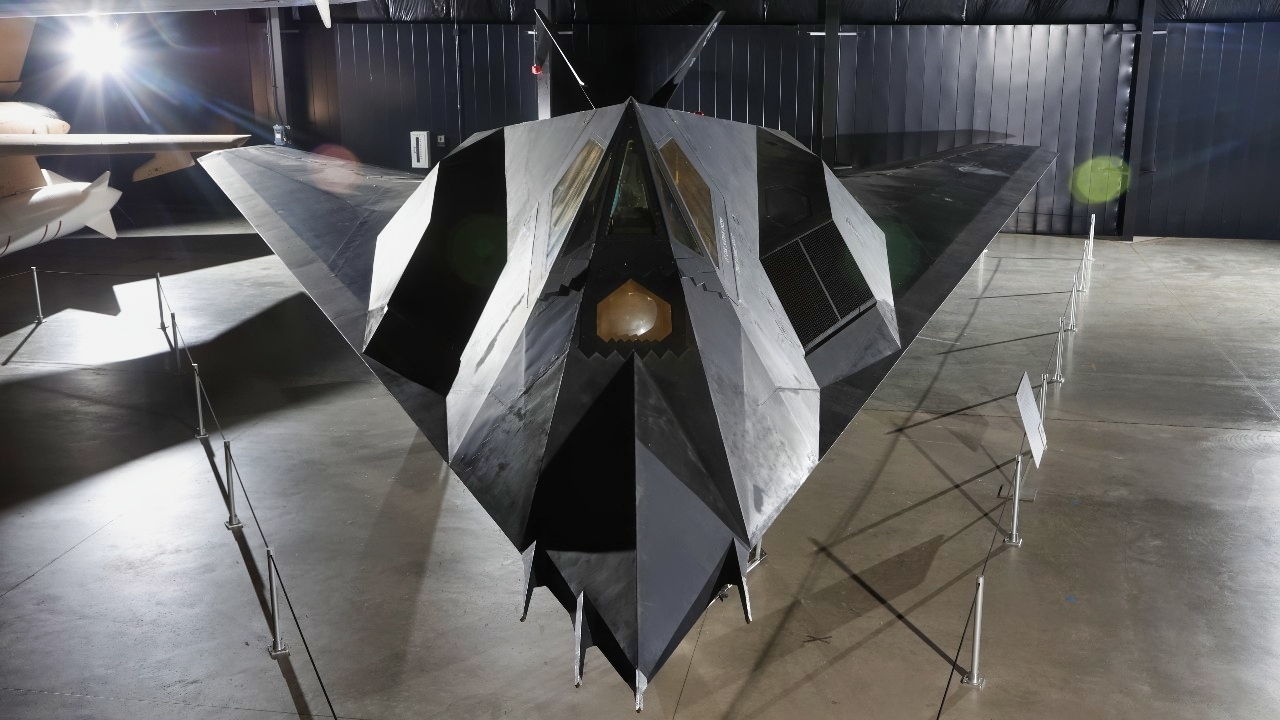
It was designed as a twin-seat aircraft that would be capable of reaching a maximum speed of 580 mph and have a strike radius of nearly 500 miles. It was notable that it featured a flying-wing design with a relatively small fuselage and minimal tail surface, which significantly reduced drag. The basic version was also developed to operate as an anti-ship and close air support aircraft. Initially, the U.S. Navy sought to acquire around 620 of the A-12s, while the United States Marine Corps wanted an additional 238 aircraft and the Air Force even considered purchasing another 400 to replace its aging F-111 Aardvarks.
If the total of 1,258 aircraft had actually been built, the Avenger II would have been the United States military's most plentiful aircraft after the U.S. Army's fleet of UH-60 Black Hawk helicopters.
A-12 Avenger II: An A Not F
Intended to serve aboard carriers, the flying wing wasn't actually all that large– just slightly over 37 feet long with a wingspan that was only about 70 feet. That would have enabled two of the aircraft to still sit side-by-side on adjacent catapults on a carrier flight deck. Its sharp triangular shape quickly earned the A-12 the nickname "the flying Dorito."
While it could fly faster and further than the aircraft it was meant to replace, the compact size of the flying wing A-12 meant that it could only carry around 5,150 pounds of internal ordnance – a far cry from the 18,000 pounds carried by the Intruder. Instead of packing a hard punch, the A-12 Avenger II was really meant to strike targets without warning rather than to blanket a target in a bomb run.
For those reasons, the U.S. Navy even opted to utilize the "A" prefix to further demonstrate that the aircraft's primary role was to be used against ground targets, despite the fact that the A-12 was to be armed with two internally-stored AIM-120 AMRAAM air-to-air missiles. However, stealth not dog fighting abilities was still meant to be the aircraft's primary defense.
Crash and Burn for the A-12
The program was seen to be going smoothly, but in fact, it was far behind schedule and way over budget. Seven years and around $5 billion had been spent – and the aircraft was yet to be anywhere close to taking its maiden flight.
A significant issue was that the aircraft was simply too heavy and its designers were unable to reconcile that fact. Officials at the Pentagon essentially buried their heads in the sand, refusing to believe the project wasn't on track.
Another issue was its use of composite materials, as was the maintainability. Costs continued to soar, and eventually the Department of Defense (DoD) declared that the contractors simply could not complete the program as planned. Then-Secretary of Defense Dick Cheney canceled the program outright on January 7, 1991.
As Brent Eastwood previously reported for The National Interest, "The Department of Defense had already sunk $5 billion into the program and estimates for unit cost were ballooning at $96 million an aircraft."
It was not the bomber the U.S. Navy needed at the time.
"Cheney saw it as an expensive albatross that was getting more costly each year," Eastwood added. "The Cold War was ending and maybe another bomber just wasn't in the cards. Cheney likely considered that the number of bombers across the military was sufficient during Operation Desert Storm and the navy could get by with using cruise missiles. Taking all this under consideration, he requested Congress to cease funding for the A-12."
The Legal Battles
That wasn't actually the end of the matter either. The contractors were ordered to return about $2 billion spent on the program, which McDonnell Douglas and General Dynamics disputed. Legal issues dragged on for more than a decade, and only after reaching the United States Supreme Court, the DoD was ordered to return the money to the contractors.
When the program was canceled by the program 30 years ago, it was the largest contract termination in DoD history – but by one estimation, the A-12 had become so expensive that it could have consumed up to 70 percent of the U.S. Navy's aircraft budget within just three years.
Today, the sole mockup is all that is left of that program.
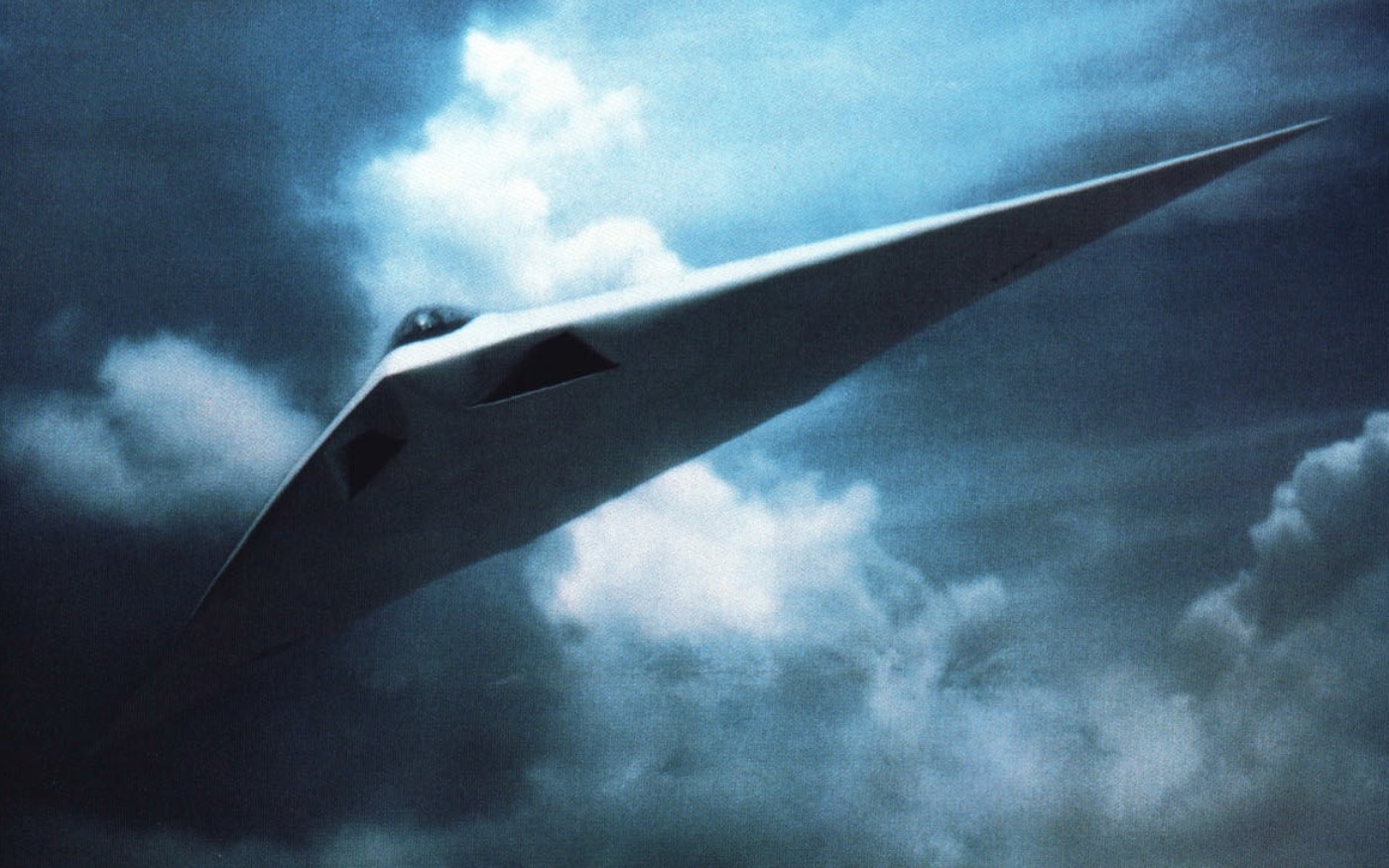
Author Experience and Expertise: Peter Suciu
Peter Suciu is a Michigan-based writer. He has contributed to more than four dozen magazines, newspapers, and websites with over 3,200 published pieces over a twenty-year career in journalism. He regularly writes about military hardware, firearms history, cybersecurity, politics, and international affairs. Peter is also a Contributing Writer for Forbes and Clearance Jobs. You can follow him on Twitter: @PeterSuciu. You can email the author: [email protected].
All images are Creative Commons.
